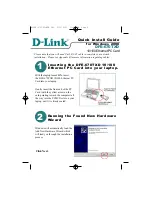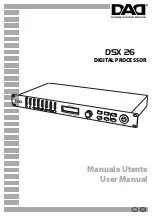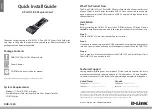
1-10
9) The user inputs the password.
10) After receiving the login password, the HWTACACS client sends to the HWTACACS server a
continue-authentication packet carrying the login password.
11) The HWTACACS server sends back an authentication response indicating that the user has
passed authentication.
12) The HWTACACS client sends the user authorization request packet to the HWTACACS server.
13) The HWTACACS server sends back the authorization response, indicating that the user is
authorized now.
14) Knowing that the user is now authorized, the HWTACACS client pushes the configuration interface
of the NAS to the user.
15) The HWTACACS client sends a start-accounting request to the HWTACACS server.
16) The HWTACACS server sends back an accounting response, indicating that it has received the
start-accounting request.
17) The user logs off.
18) The HWTACACS client sends a stop-accounting request to the HWTACACS server.
19) The HWTACACS server sends back a stop-accounting response, indicating that the
stop-accounting request has been received.
Domain-Based User Management
An Internet service provider (ISP) domain accommodates a collection of users. NAS devices manage
users based on ISP domains. Each user belongs to an ISP domain. The ISP domain of a user is
determined by the username used for login, as shown in
Figure 1-7
.
Figure 1-7
Determine the ISP domain of a user by the username
The authentication, authorization, and accounting of a user depends on the AAA methods configured
for the domain that the user belongs to. If no specific AAA methods are configured for the domain, the
default ones are used. By default, a domain uses local authentication, local authorization, and local
accounting.
The AAA feature allows you to manage users based on their access types:
z
LAN users: Users on a LAN who access through, for example, 802.1X authentication or MAC
address authentication.
z
Login users: Users who log in using, for example, SSH, Telnet, FTP, or HyperTerminal.
z
Portal users: Users who access through portal.
Summary of Contents for S7902E
Page 82: ...1 4 DeviceA interface tunnel 1 DeviceA Tunnel1 service loopback group 1 ...
Page 200: ...1 11 DeviceB display vlan dynamic No dynamic vlans exist ...
Page 598: ...ii ...
Page 1757: ...4 9 ...
Page 1770: ...6 4 ...
Page 2017: ...2 11 Figure 2 3 SFTP client interface ...
Page 2238: ...1 16 DeviceA cfd linktrace service instance 1 mep 1001 target mep 4002 ...
















































